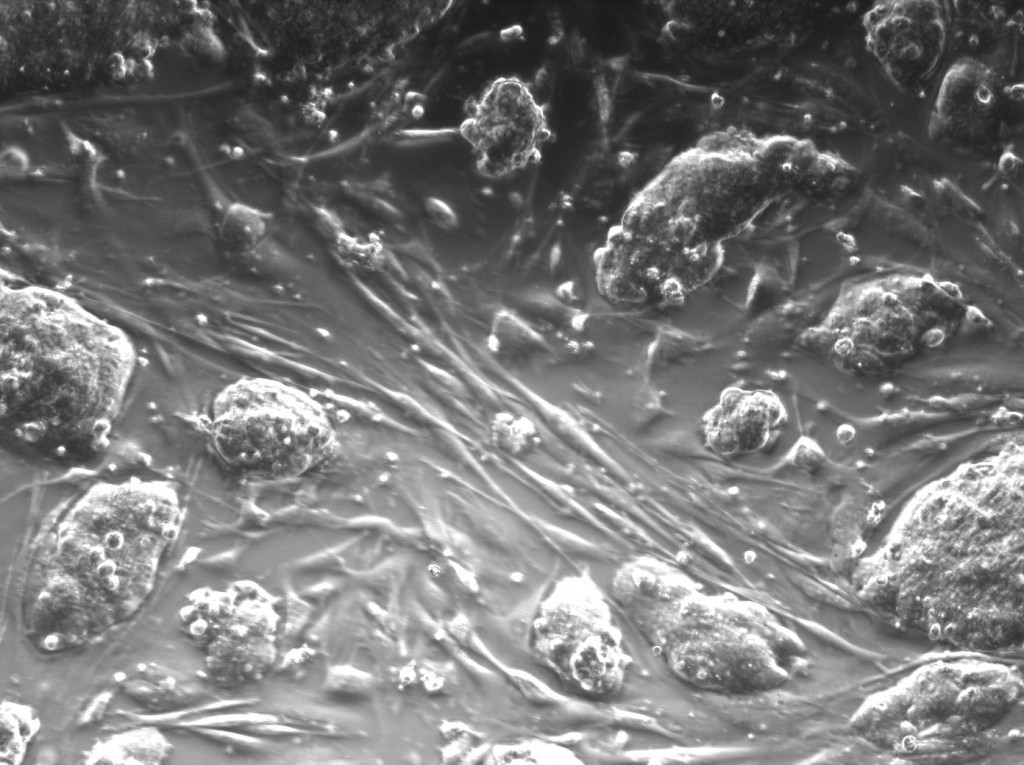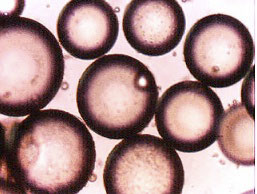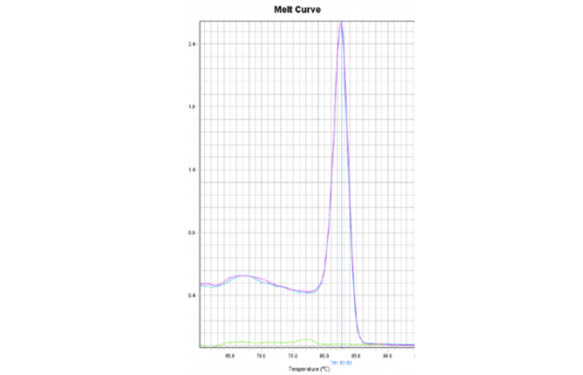Many researchers are facing a dilemma: they want to set up a CRISPR genome editing project but they can’t decide which cell line to use for genome editing. Even some of the most cost-effective genome editing cell line generation services like the one from GeneCopoeia will cost a few thousand euros, so picking the correct cell line and setting up the project correctly is very important. Researchers working in primary cells may find the idea of switching to an immortalized cell line a bit artificial. They dream of the possibility of editing the genome of a stem cell line which they can then differentiate into their tissue of choice as needed.
Researchers have, for example, demonstrated that it is feasible to use the CRISPR/Cas9 system in hematopoietic stem cells which can then retain multilineage potential (Mandal et al. 2014). Similarly, human pluripotent stem cells have been genome edited in this manner (Hou et al. 2013). There are some commercial offerings for complete genome editing servcies in stem cells, however these services are often quite costly. One scientist recently told me that she was quoted around 30,000 EUR for a CRISPR genome editing project in stem cells from the lowest cost provider she could find. The main reason for this excessive cost likely comes from the fact that the companies focusing on genome editing are not routinely culturing stem cells, so there is great cost and risk associated with the initial set-up of stem cell culture conditions.
The main issue seems to be that the molecular biologists with good genome editing skills are often not the same individuals with good stem cell culture skills. The best solution for the time being seems to be to provide partial services and user-friendly kits to the stem cell community so that they can perform genome editing themselves while maintaining perfect culture conditions for pluripotency.
GeneCopoeia’s current offering of products and services includes individual reagents and kits and a variety of service offerings to facilitate researchers’ genome editing projects. Specialists help researchers design their projects from start to finish and include the reagents but also services for nearly every step of the project. Services for the stem cell biologist who wants to perform genome editing on their own include:
- Design and supply of the sgRNA
- Chromosome-level testing of the sgRNA to be certain that it creates insertions and deletions (InDels) in an “easy” cell line and the researcher’s cells
- Donor clone design and construction for any desired mutation.
European scientists are invited to contact their local tebu-bio office to be put in touch with a technical specialist who will help with every step of genome editing project design and execution.






